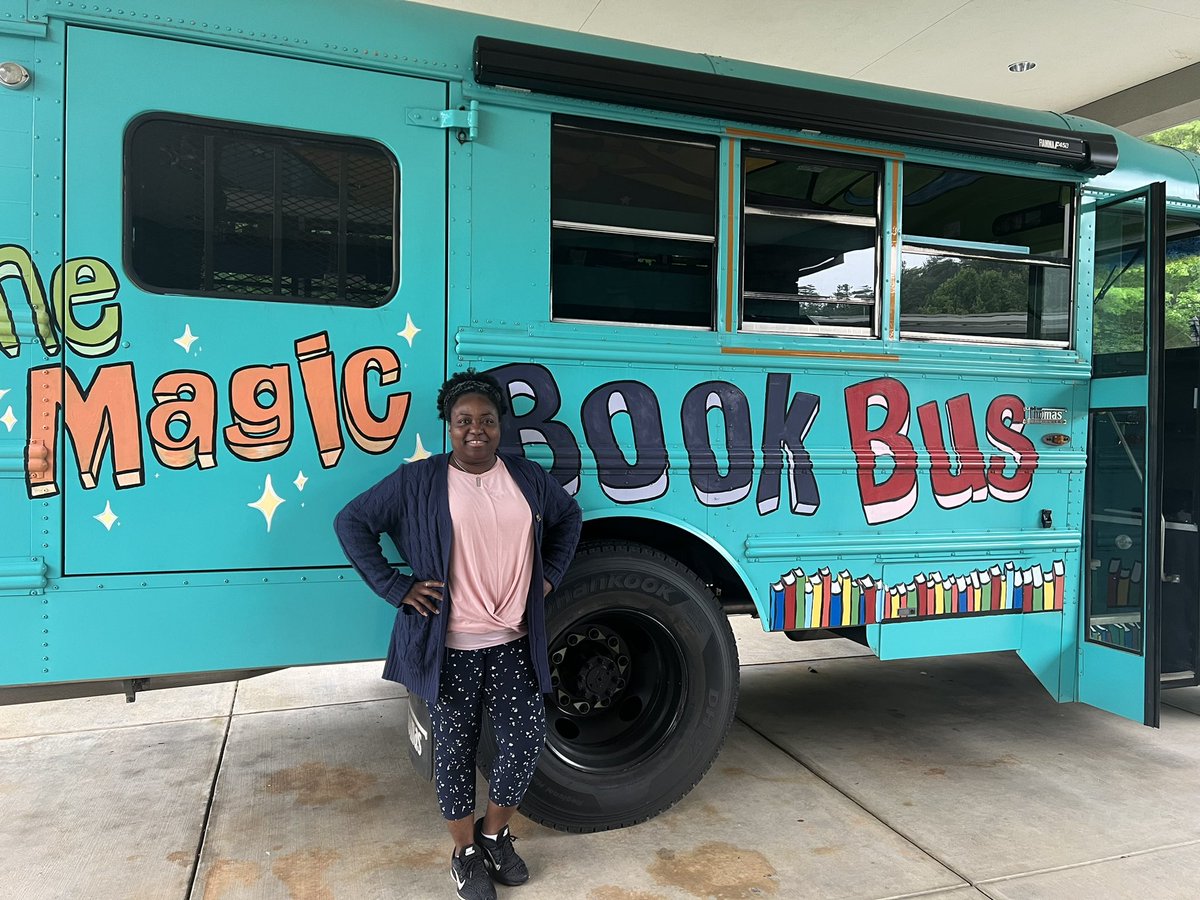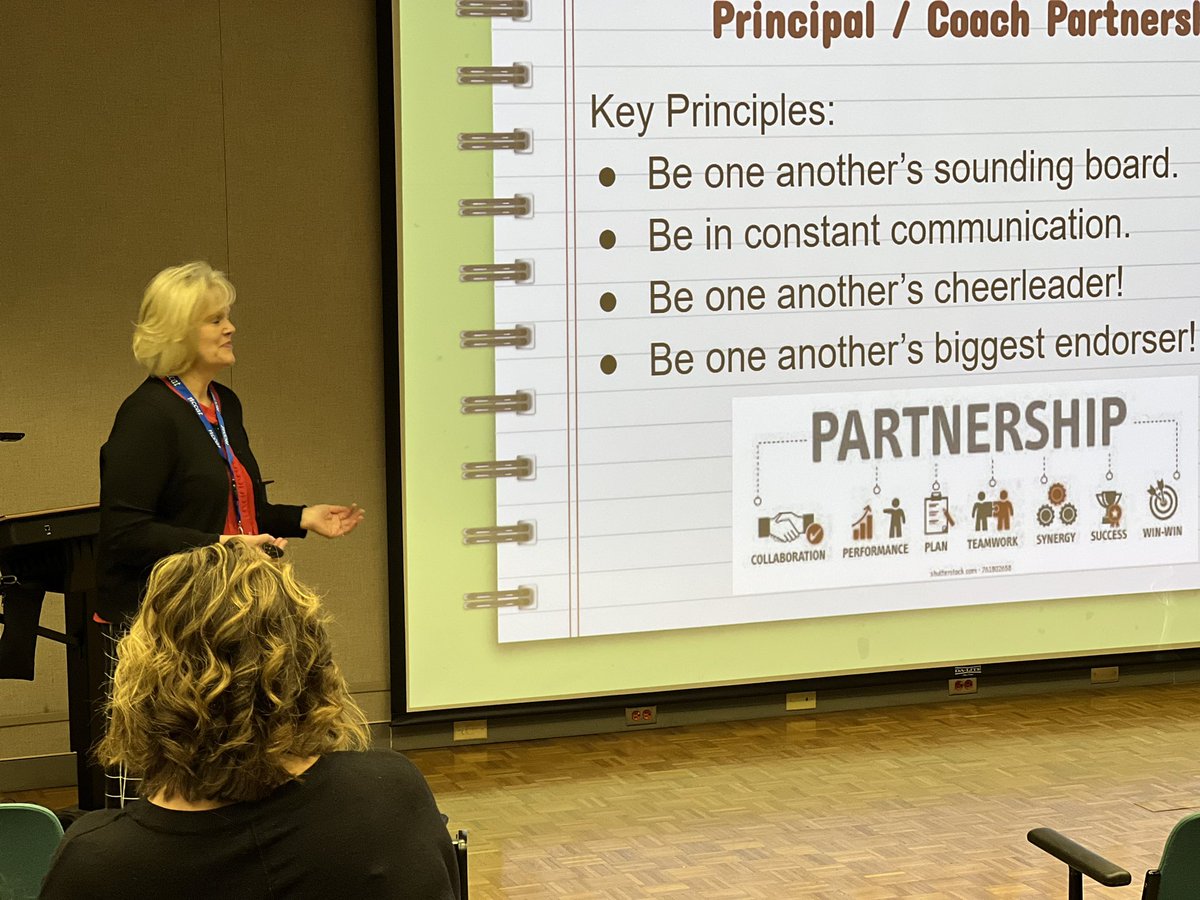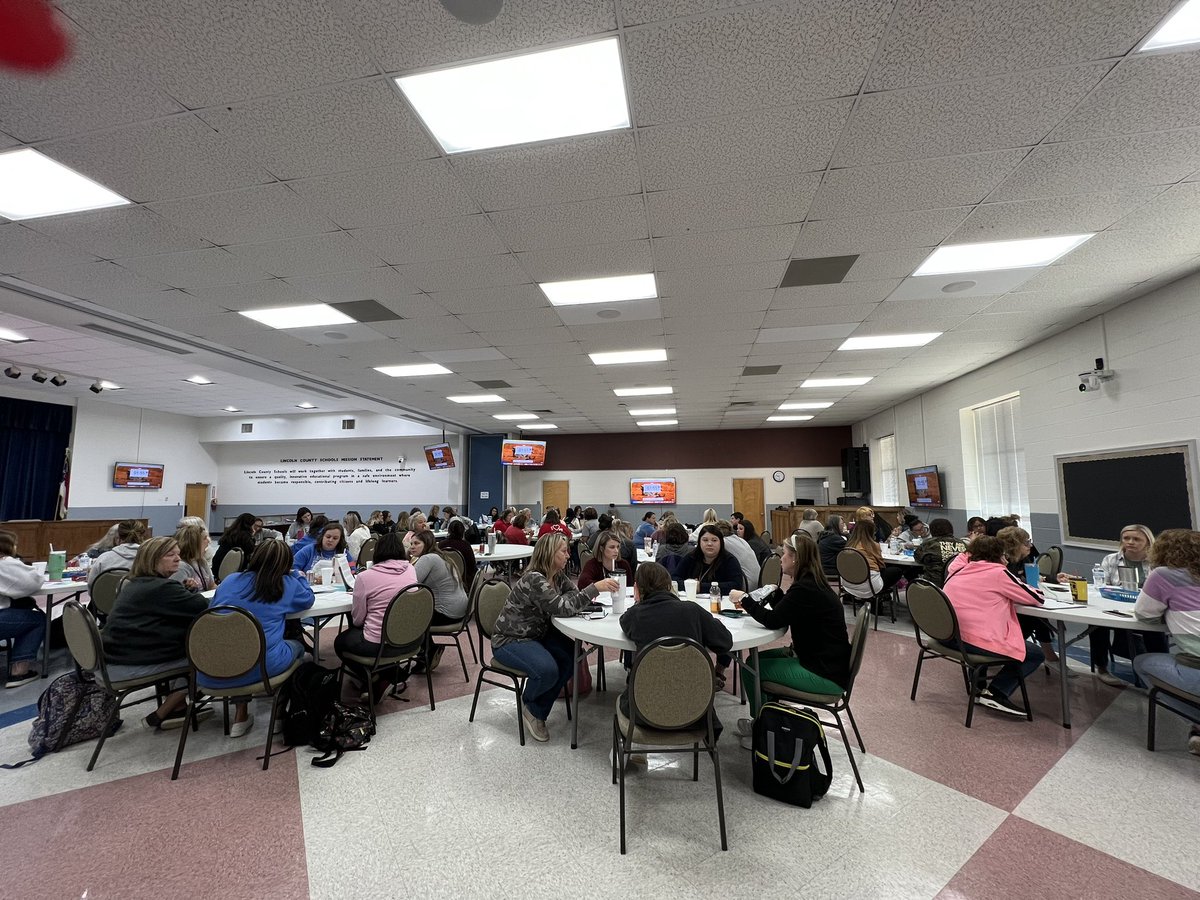
Gin Hodge
@gin_hodge
• NCCAT Senior Early Grades Literacy Specialist • Married 42 years • Mother of 3 • Lover of Boykin Spaniels • Rock painter • Turtle patroler
ID: 901586670579056641
26-08-2017 23:26:27
67 Tweet
193 Followers
322 Following

Hello, colleagues! I am Gin Hodge, NCCAT News Early Grades Literacy Specialist, joining you this evening from gorgeous Ocracoke Island! #Together4ELs









We are so excited to welcome ESL teachers to a week of collaboration and learning on our beautiful Ocracoke campus! Kelly Creed NCCAT News
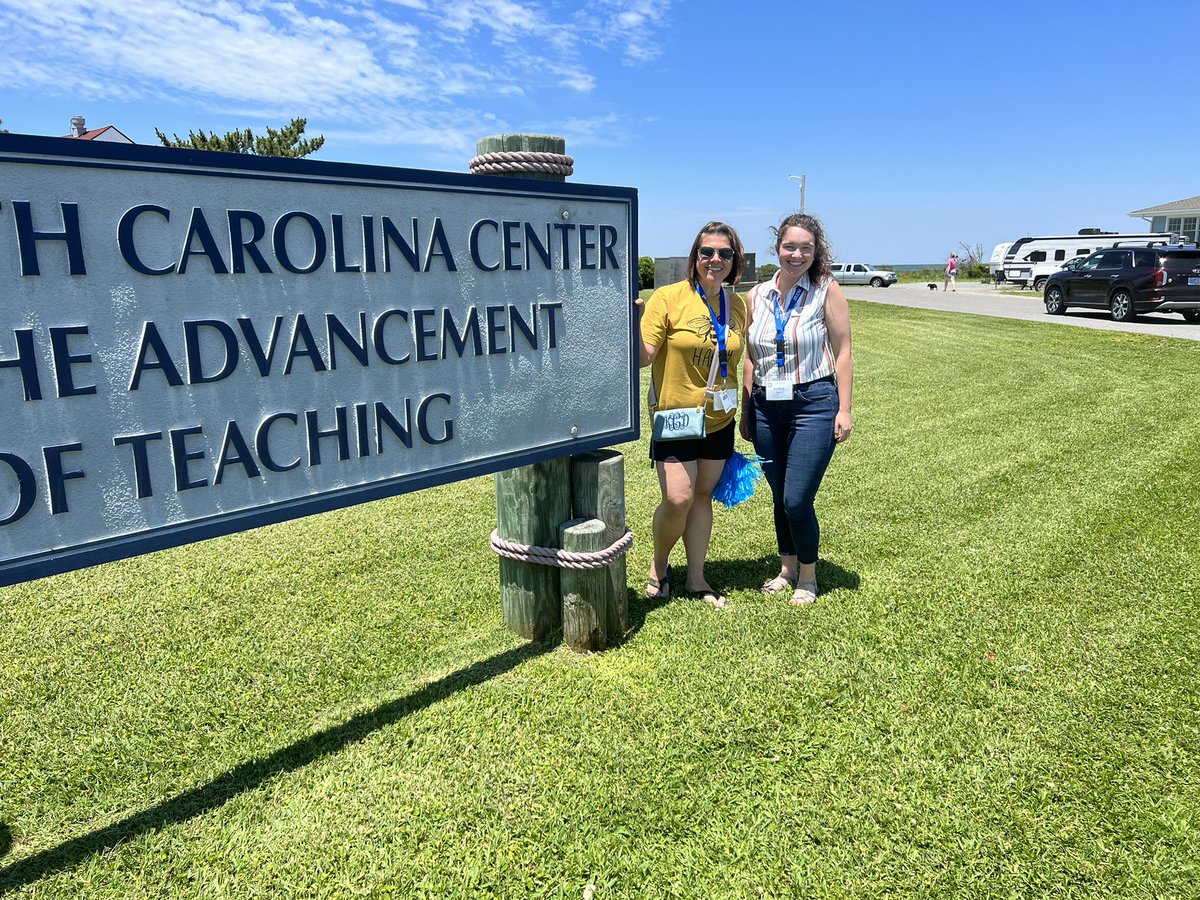

Who should be coached? Anyone who voluntarily seeks a coach. #CoachingCulture Thank you @sltteachercoach NCCAT News #NCCAT22CLC
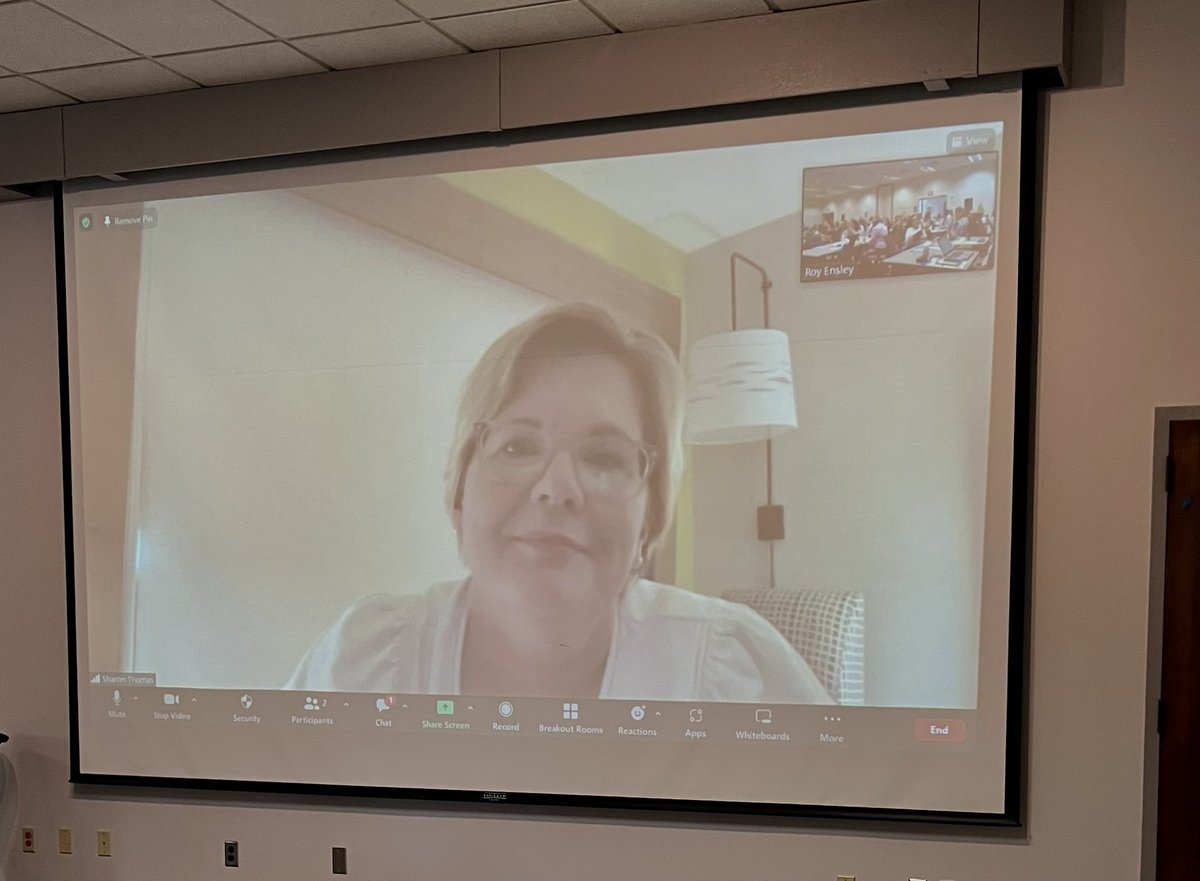

DPI is in the house at NCCAT News Literacy Leaders Conference! #nccatllc22 Amy Rhyne Kelley Bendheim
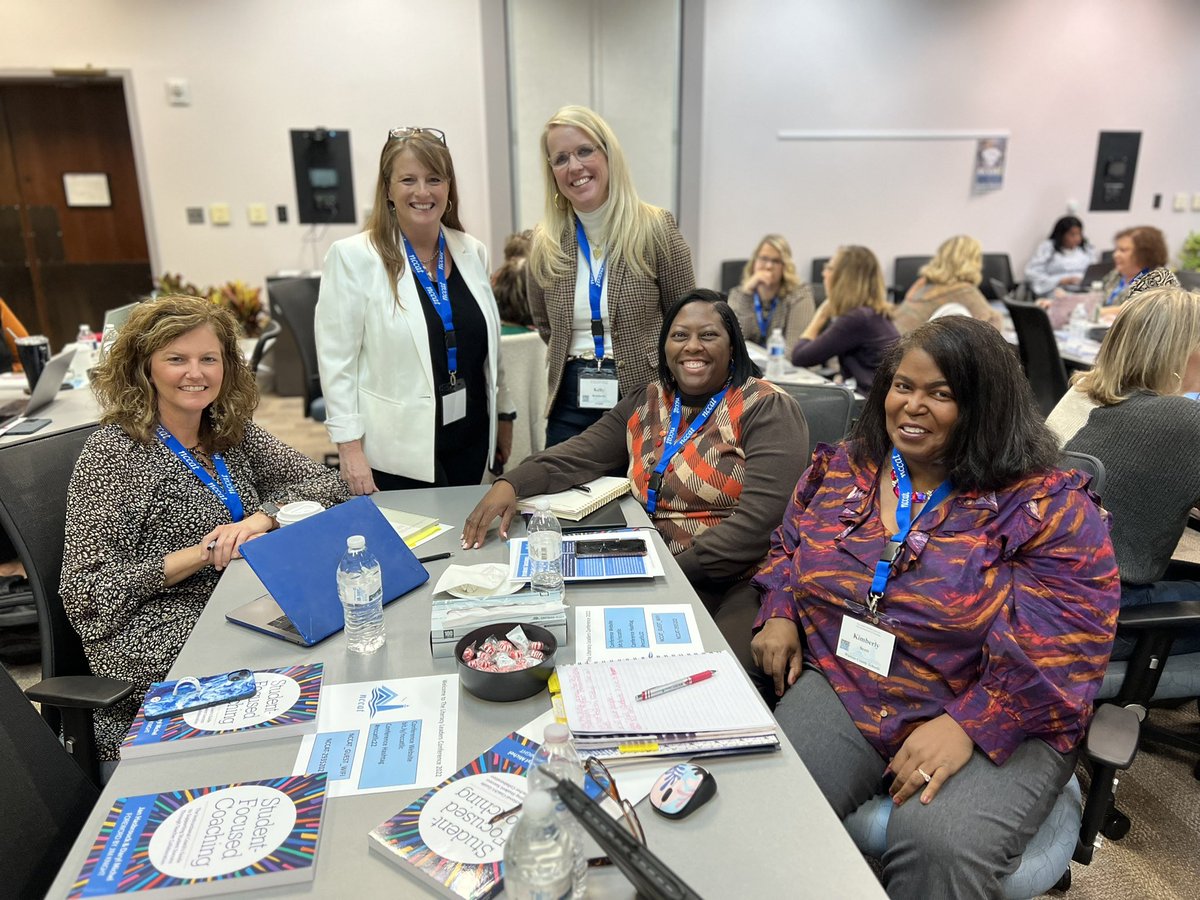



DPI roleplaying the challenges of the LETRS PLC process. Teachers need a safe space to process the knowledge. NCCAT News Kelley Bendheim mary derfel Kelly Pratt #nccatllc22
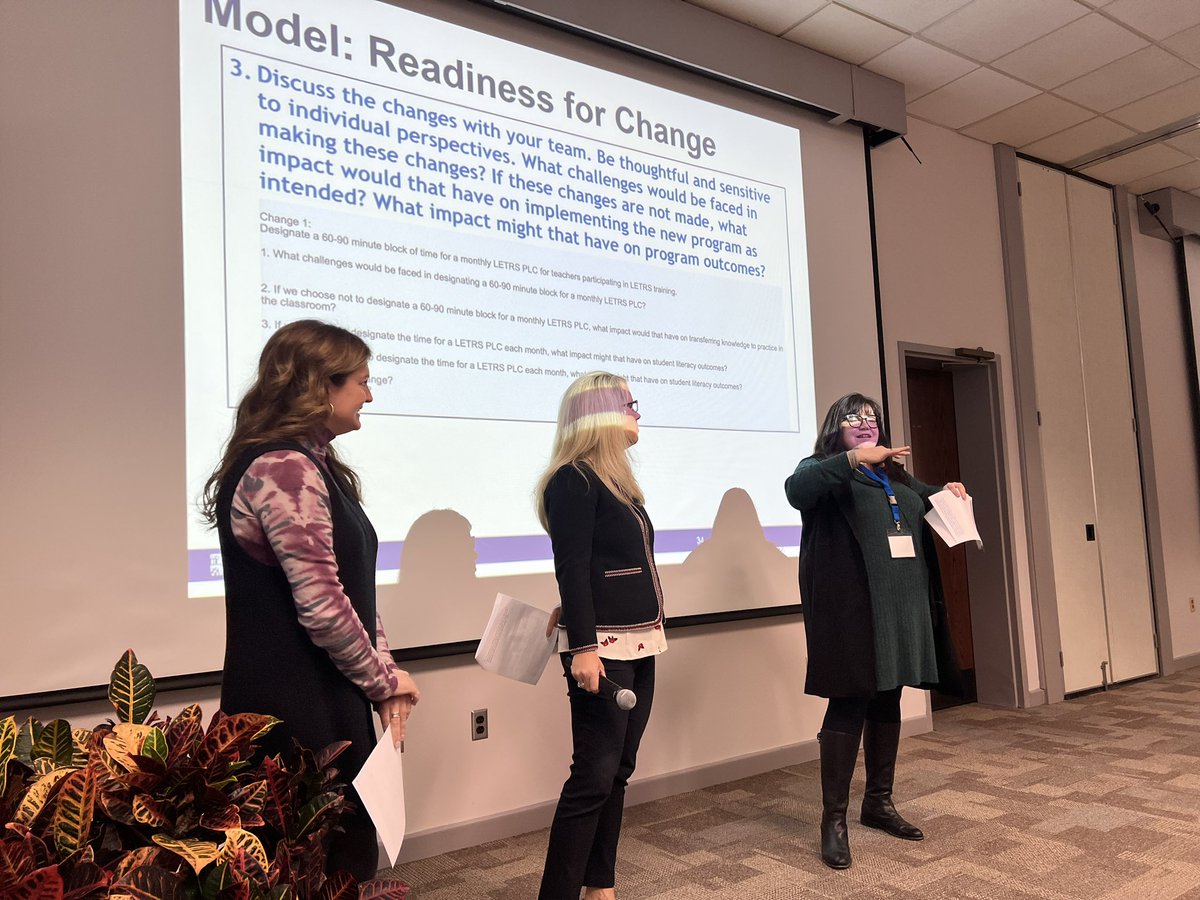

Thrilled to be with art, music and PE teachers in Cullowhee as they explore best practices in literacy instruction. NCCAT News
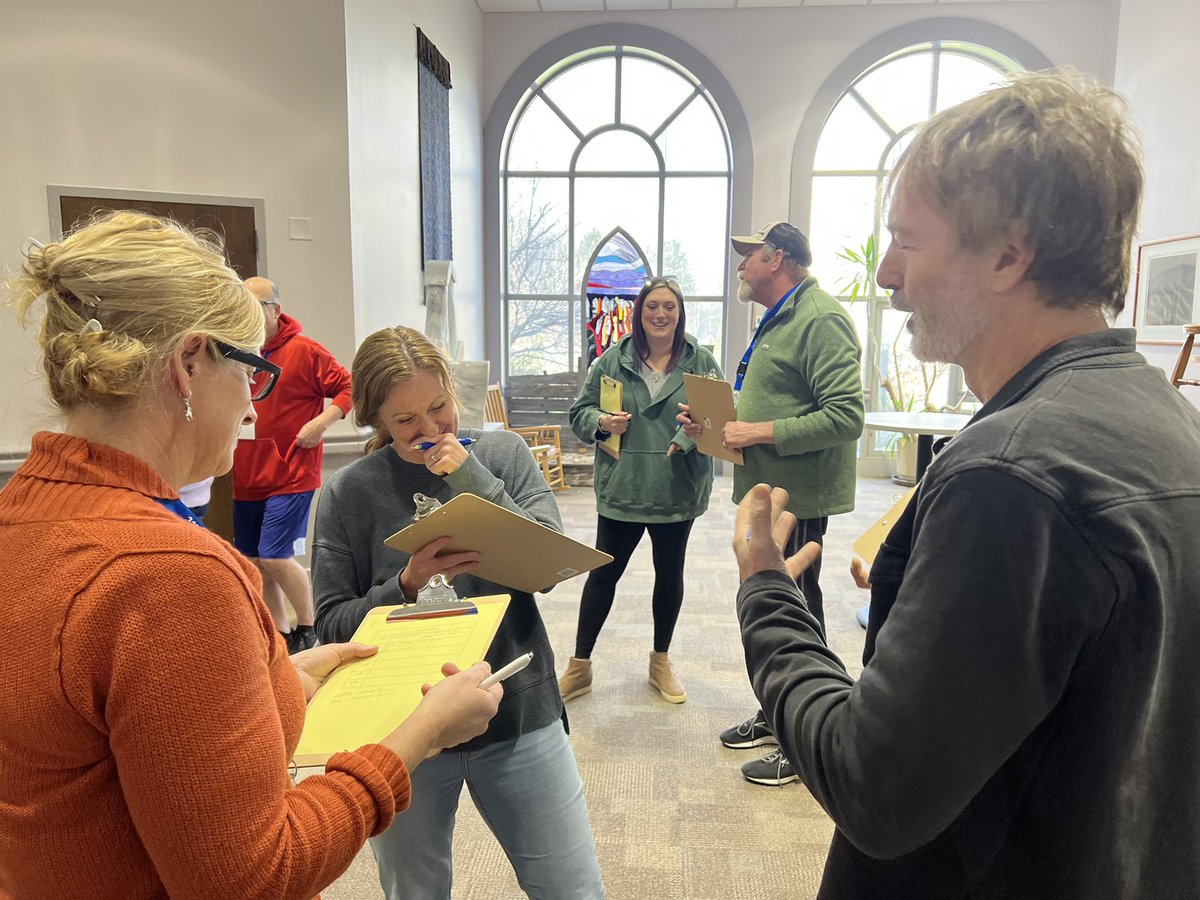

Look at these amazing teachers who traveled to NCCAT in Cullowhee for “Visions of Teaching Writing K-5”! It is going to be a great week. NCCAT News
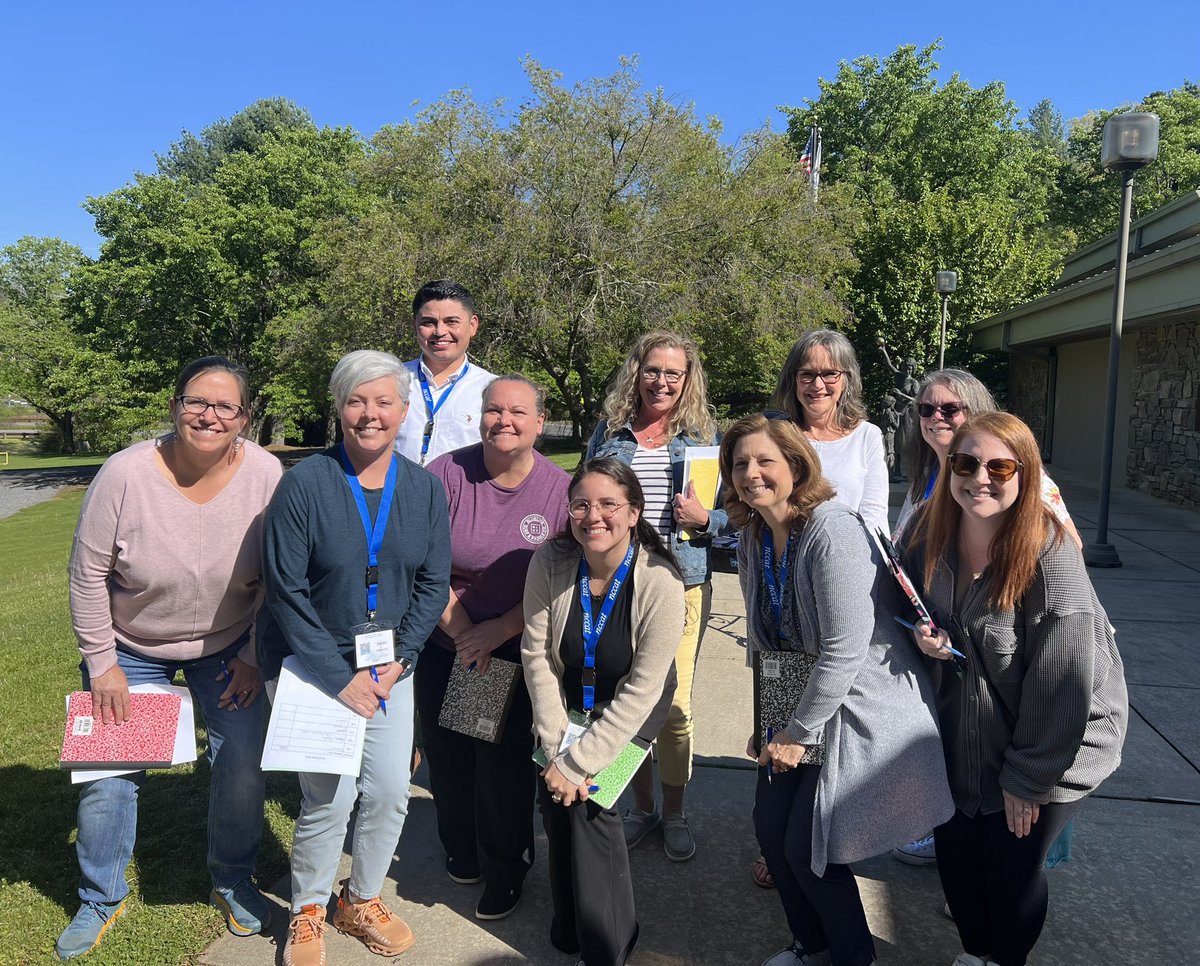

Would you love to have a surprise note like this on your presentation station? It happens at NCCAT News!
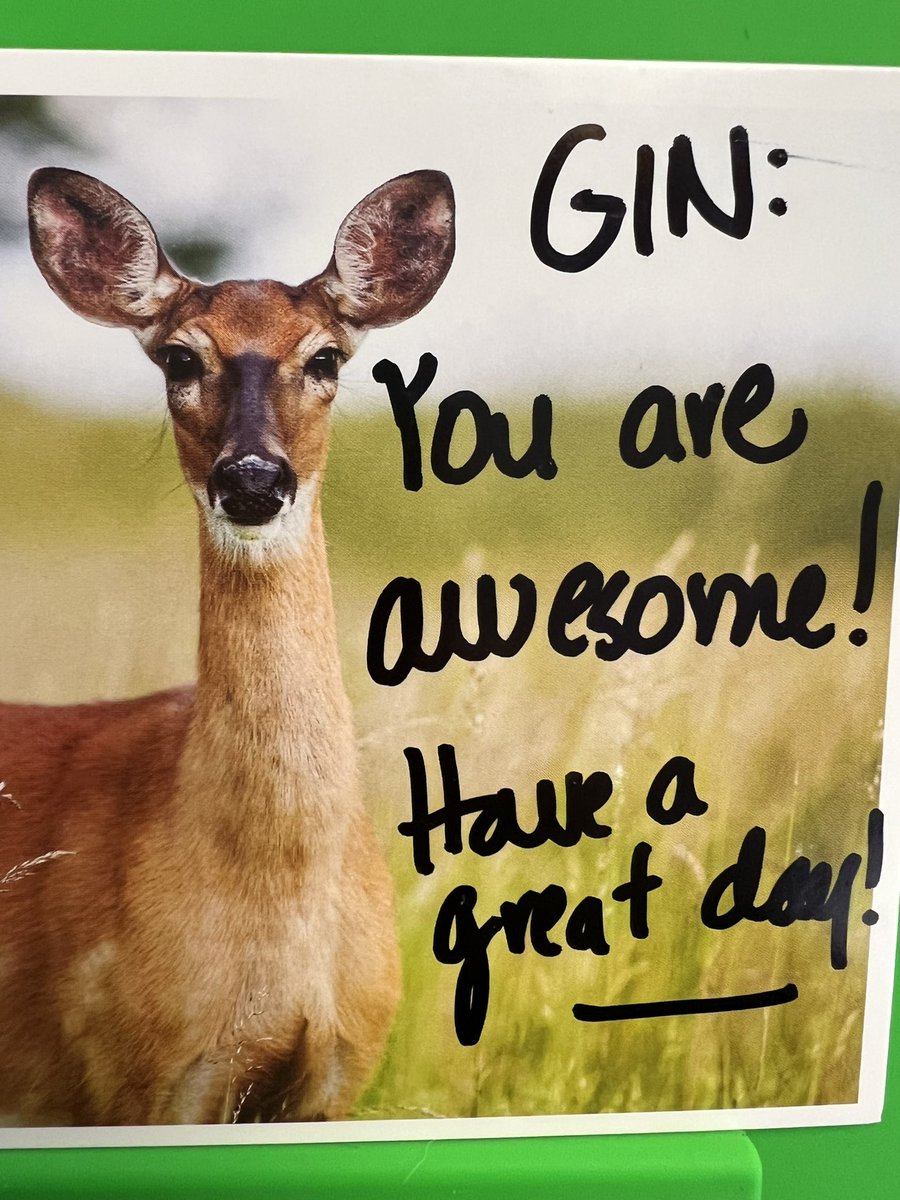

Thank you Sarah Justice 📚❤️ for driving your Magic Book Bus to NCCAT News to share your mission and vision with media specialists from across the state!
